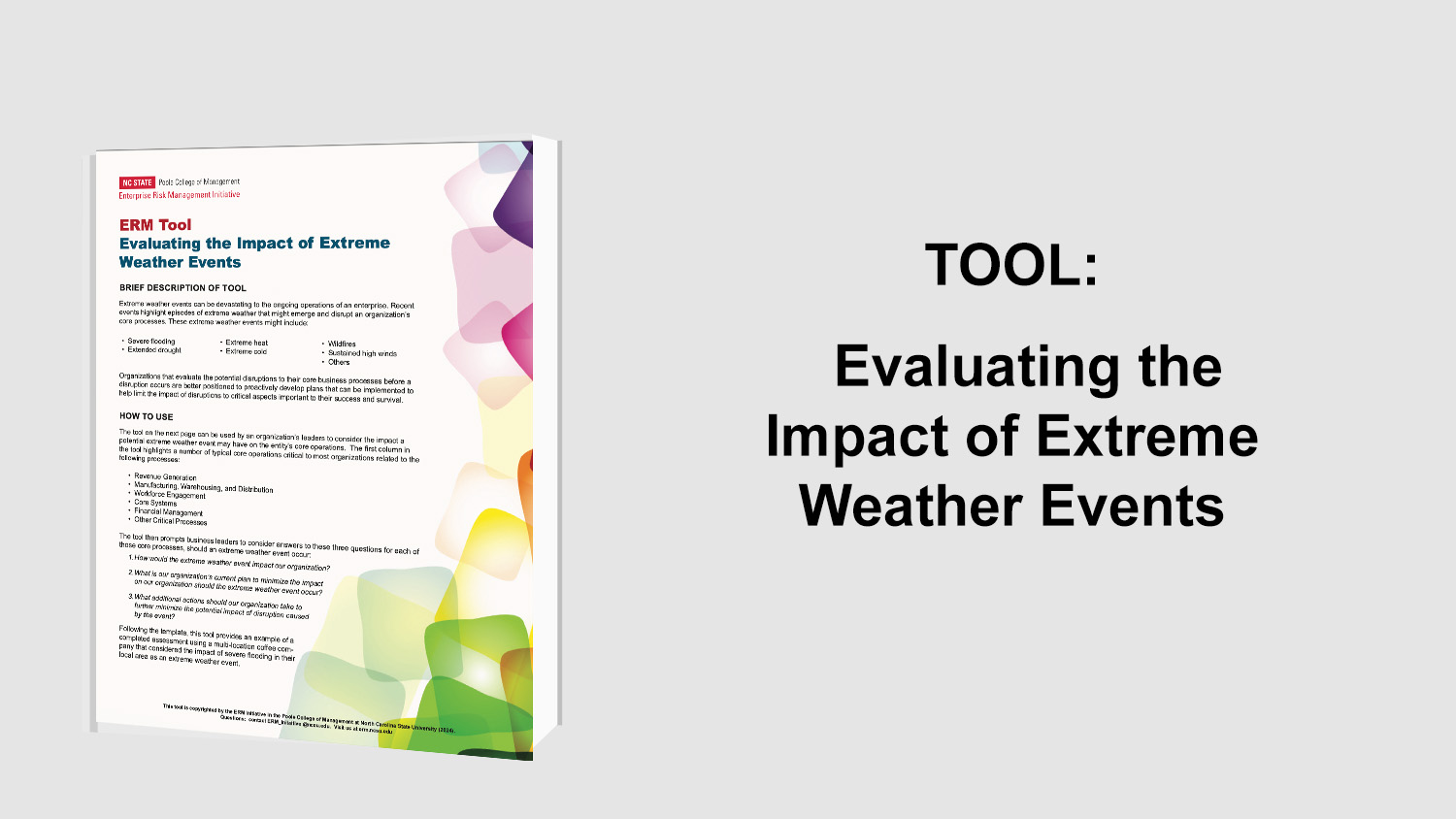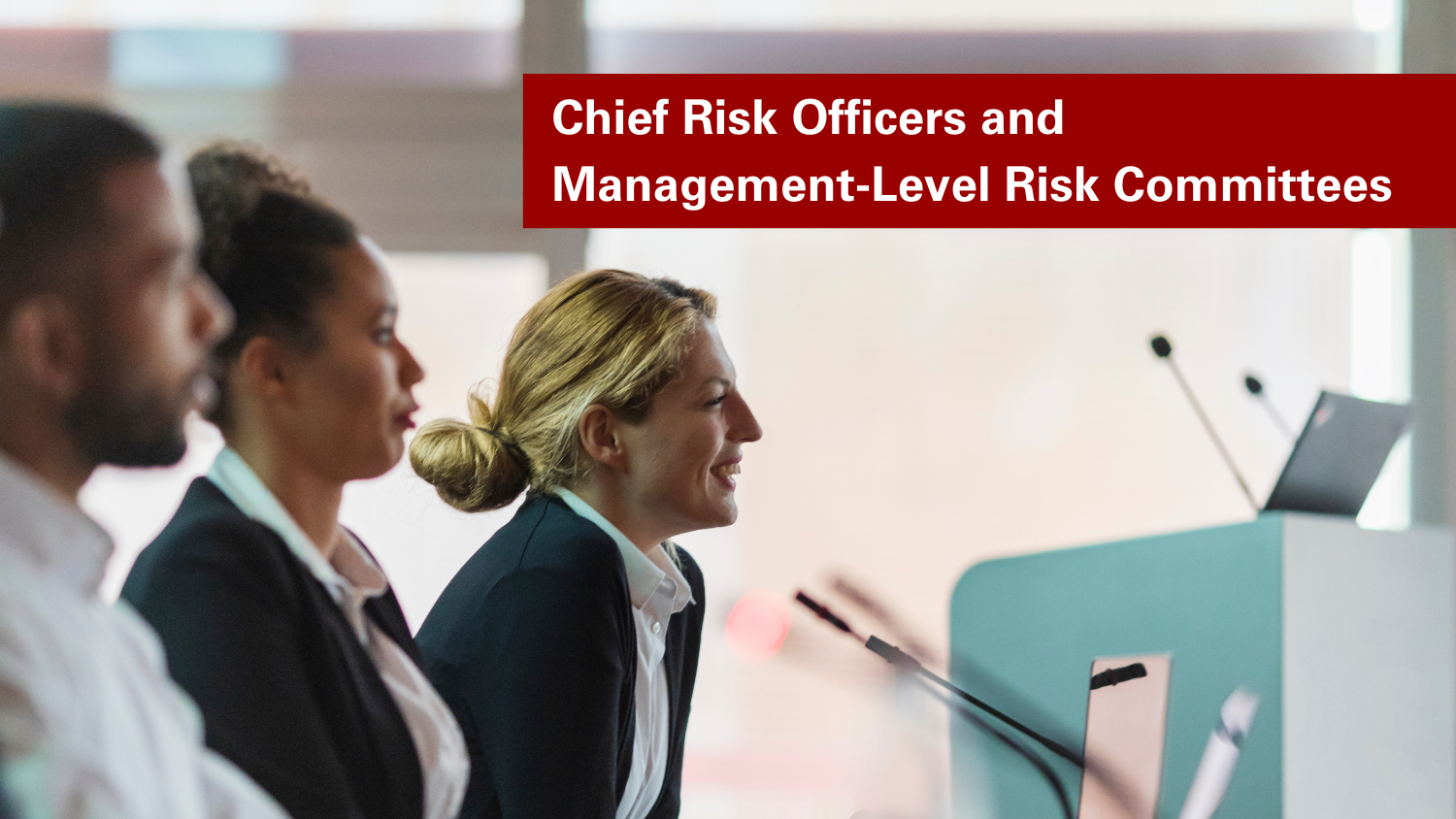Enterprise Risk Management: Frameworks, Elements, and Integration
The document titled “Enterprise Risk Management: Frameworks, Elements, and Integration” is a Statement on Management Accounting (SMA) published by the Institute of Management Accountants (IMA). Authored by William G. Shenkir, Ph.D., CPA, and Paul L. Walker, Ph.D., CPA, both from the McIntire School of Commerce at the University of Virginia, the publication provides a comprehensive overview of Enterprise Risk Management (ERM) frameworks and their integration into organizational processes.
The document covers several key areas:
-
Rationale and Definition: It begins by explaining the importance of ERM and defining key concepts related to risk and risk management.
-
Scope and Classification: The publication discusses the scope of ERM and presents a classification of total risk, providing a structured approach to understanding various risk types.
-
Role of Management Accountants: It highlights the critical role that management accountants play in the ERM process, emphasizing their involvement in risk identification, assessment, and mitigation.
-
Global ERM Frameworks: The document reviews various ERM frameworks from a global perspective, including:
-
The Combined Code and Turnbull Guidance
-
King II Report
-
A Risk Management Standard by the Federation of European Risk Management Associations (FERMA)
-
Australian/New Zealand Standard 4360—Risk Management
-
COSO’s Enterprise Risk Management—Integrated Framework
-
IMA’s “A Global Perspective on Assessing Internal Control over Financial Reporting”
-
Basel II
-
Standard & Poor’s approach to ERM
-
-
Foundational Elements of ERM: The publication delves into the foundational elements necessary for effective ERM implementation, such as organizational context, leadership tone, risk management philosophy, integrity, ethical values, and the infrastructure required for ERM.
-
ERM Framework Components: It outlines the basic components of an ERM framework, including setting strategy and objectives, risk identification, risk assessment, risk response, control activities, information and communication, and monitoring.
This comprehensive guide serves as a valuable resource for organizations seeking to understand and implement ERM frameworks, providing insights into best practices and the integration of risk management into strategic planning and decision-making processes.
Original Article Source: “Enterprise Risk Management: Frameworks, Elements, and Integration” Institute of Management Accountants. Dec. 31, 2006.


